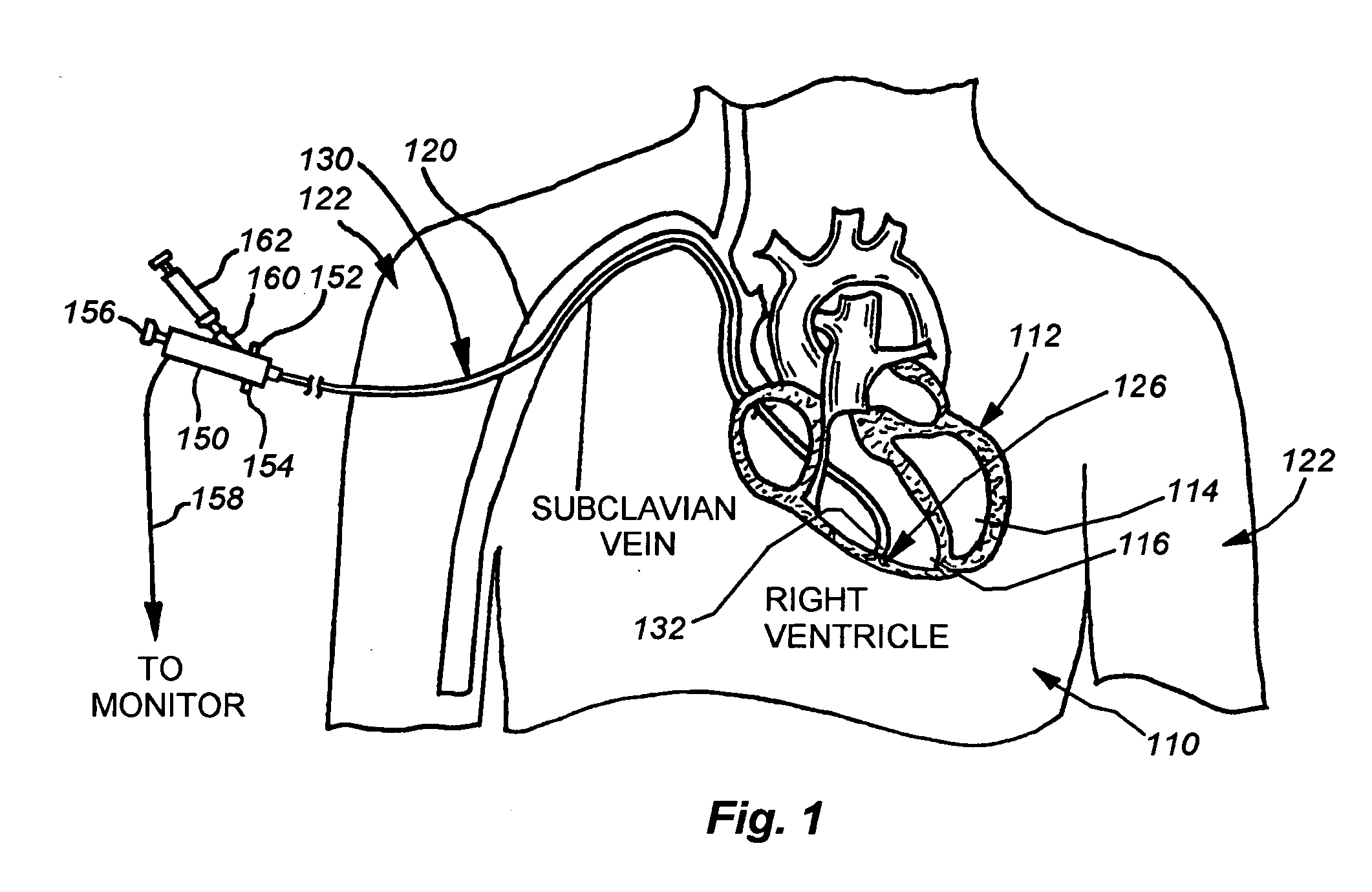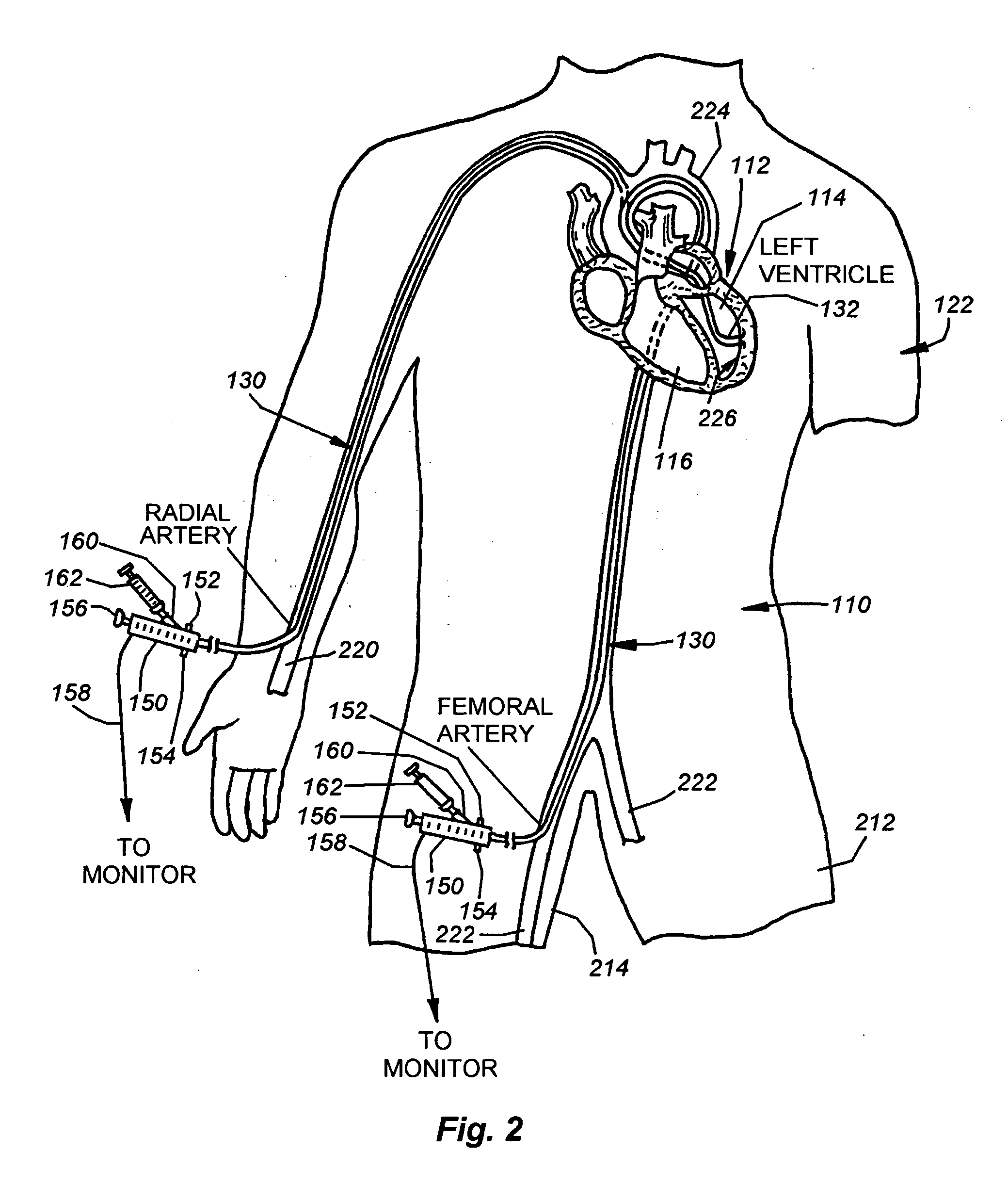Catheter for introduction of medications to the tissues of a heart or other organ
a technology for introducing medications into the tissues of the heart or other organ, which is applied in the field of catheters, can solve the problems of slow deterioration and eventual death of heart cells, lack of treatment, and lack of mechanisms, and achieve the effect of minimizing accidental abrasion or perforation of bodily organs and substantially reducing catheter length
- Summary
- Abstract
- Description
- Claims
- Application Information
AI Technical Summary
Benefits of technology
Problems solved by technology
Method used
Image
Examples
Embodiment Construction
Definitions
[0027] The following general definitions are provided for terms of common usage herein, but such terms should be taken broadly to include a variety of equivalent structures and or functional elements where appropriate:
[0028] Catheter, as used herein, refers to a tubular medical device for insertion into canals, vessels, passageways, or body cavities usually to permit injection or withdrawal of fluids or to keep a passage open.
[0029] Lumen, as used herein, refers to the bore of a tube, as of a hollow needle or catheter; also as used herein, may refer to the cavity or passageway of a tubular organ, such as a blood vessel.
[0030] Memory metal, as used herein, refers to a highly elastic metal that has the tendency to hold its chosen shape despite significant application of deformation thereto. A common type of memory metal is commercially known as “NiTiNOL”, which is used in a vast variety of applications in medical implants and a variety of medical instruments, such as a...
PUM
 Login to View More
Login to View More Abstract
Description
Claims
Application Information
 Login to View More
Login to View More - R&D
- Intellectual Property
- Life Sciences
- Materials
- Tech Scout
- Unparalleled Data Quality
- Higher Quality Content
- 60% Fewer Hallucinations
Browse by: Latest US Patents, China's latest patents, Technical Efficacy Thesaurus, Application Domain, Technology Topic, Popular Technical Reports.
© 2025 PatSnap. All rights reserved.Legal|Privacy policy|Modern Slavery Act Transparency Statement|Sitemap|About US| Contact US: help@patsnap.com



